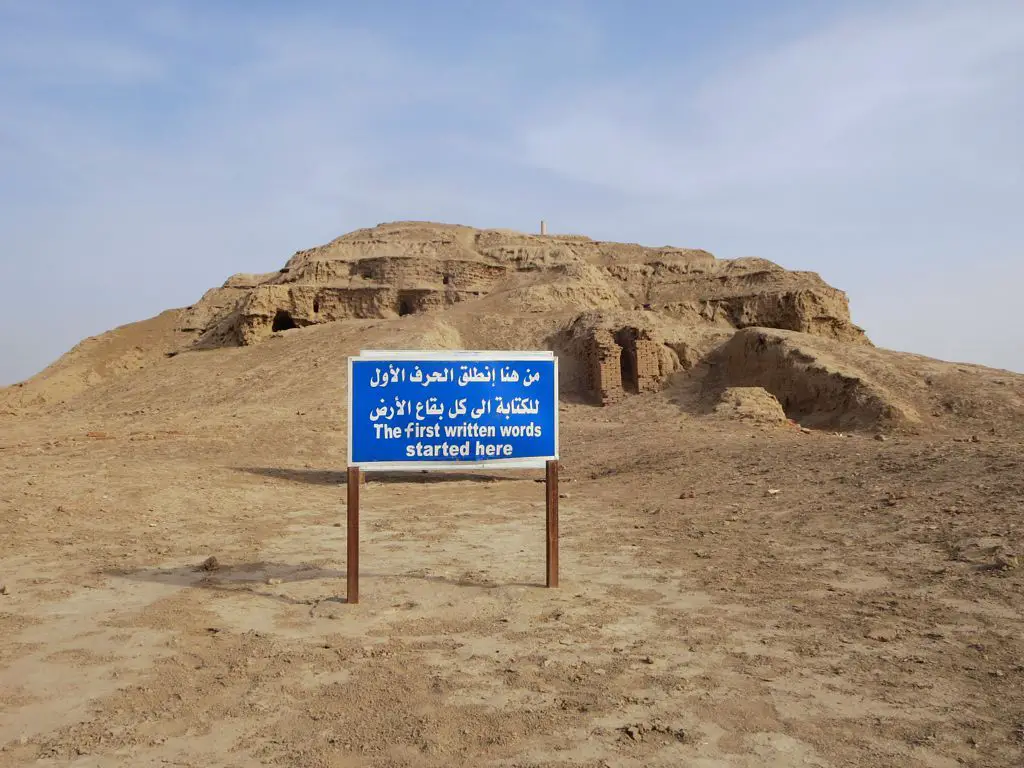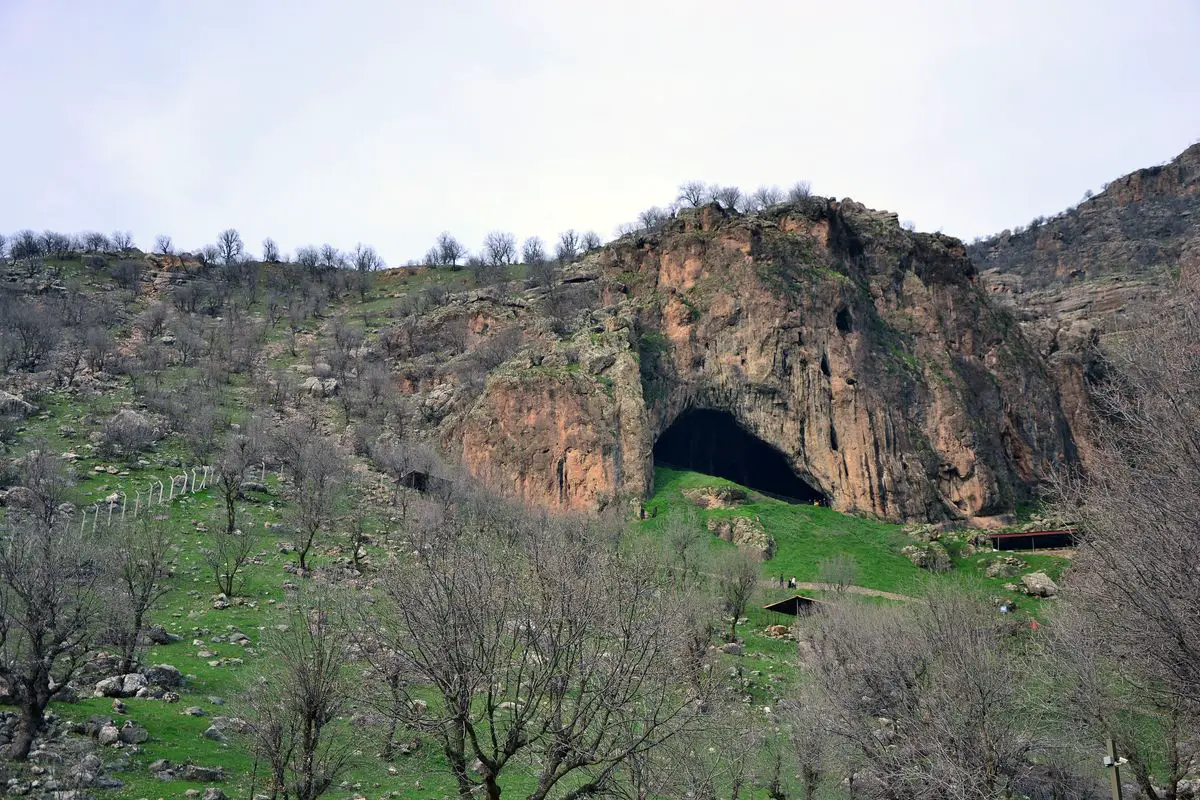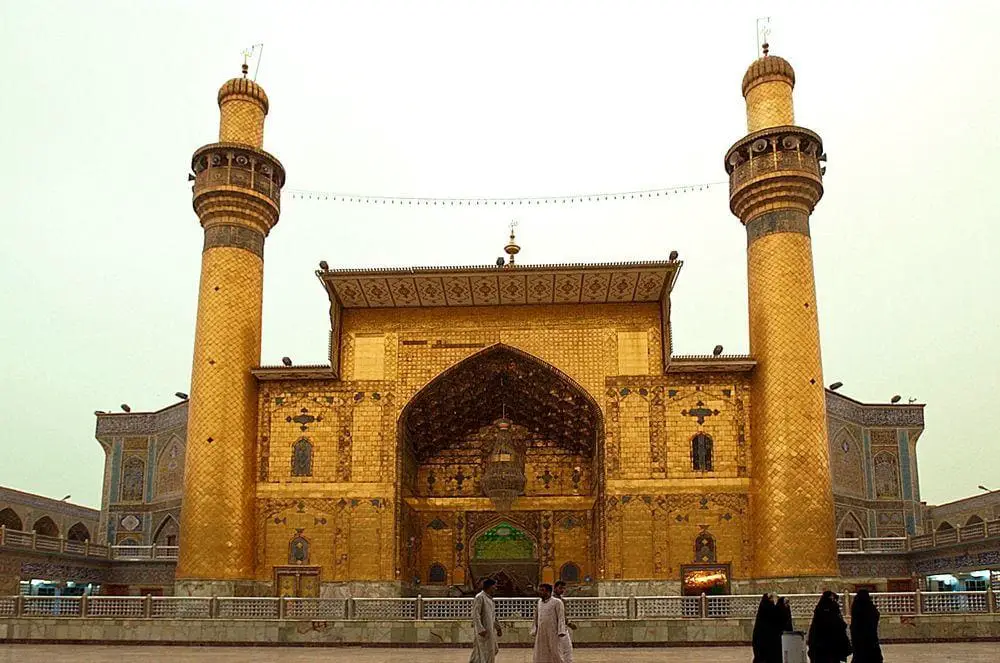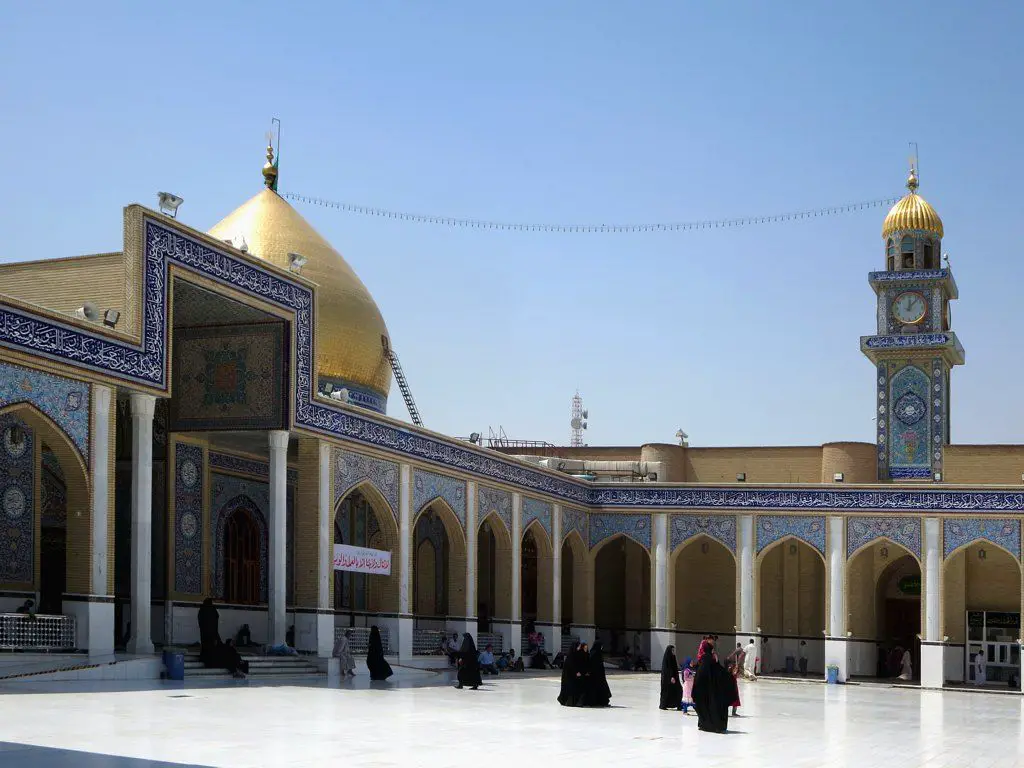Wondermondo 🢖 World 🢖 Wonders of Asia 🢖 Wonders of Iraq
Territory
Wonders of Iraq
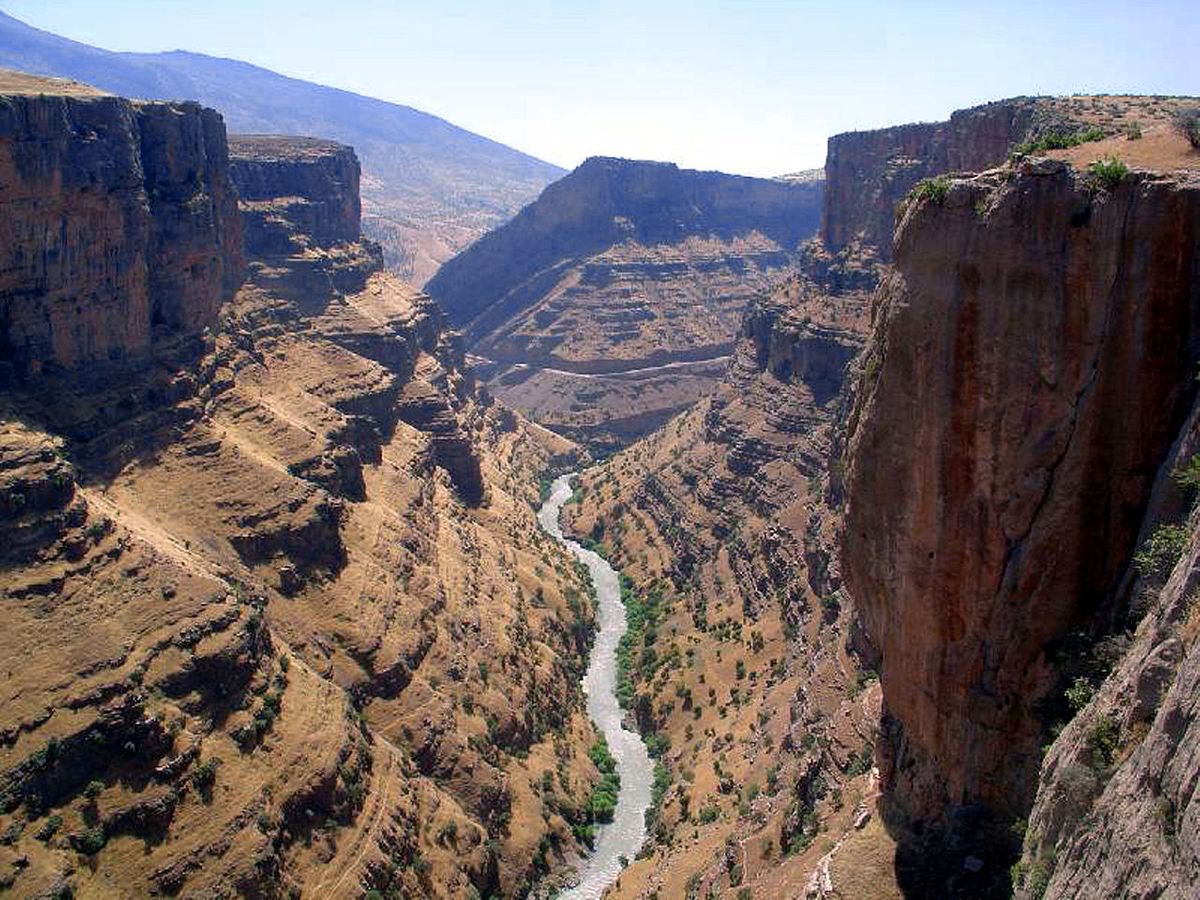
 Highlights
Highlights
Nowadays Iraq is going through tough times – but its past has been splendid. Here evolved worlds first empires and cities, here formed agriculture, irrigation, and writing. We – contemporary humans – have only scratched a bit of the rich historical heritage in Iraq and when peace will come, scientists will have endless work here.
Most interesting wonders of Iraq are:
- Prehistoric and ancient cities. Although visually not too interesting, these cities hold a clue to the roots of modern civilization. Here is the world’s oldest city Eridu, the world’s oldest capital city Lagash, legendary Babylon, and numerous other prehistoric and ancient cities.
- Ziggurats. There remain just a few of these exceptional ancient shrines in Iraq, best known is Ziggurat of Ur.
- Islamic shrines. In Iraq are located some of the most important Islamic shrines – Imam Ali Mosque in Najaf and Imam Husayn Shrine in Karbala. Both structures are partly covered with gold.
Map with the described wonders
If you see this after your page is loaded completely, leafletJS files are missing.
 Top 25 wonders of Iraq
Top 25 wonders of Iraq
Archaeological wonders
Babylon
Babil
Remains of an important ancient city that was founded sometime around 2300 BC. Babylon first flourished in the 18th century BC when it was the largest city in the world. In the 7th century BC, it became the capital of the Babylonian Empire and again was the largest city on Earth. Most likely abandoned in the 1st century AD.
Ziggurat of Ur
Dhi Qar
A partly rebuilt Sumerian shrine that was constructed in the 21st century BC. This step pyramid was more than 30 m high. It is possible that bitumen was used in construction.
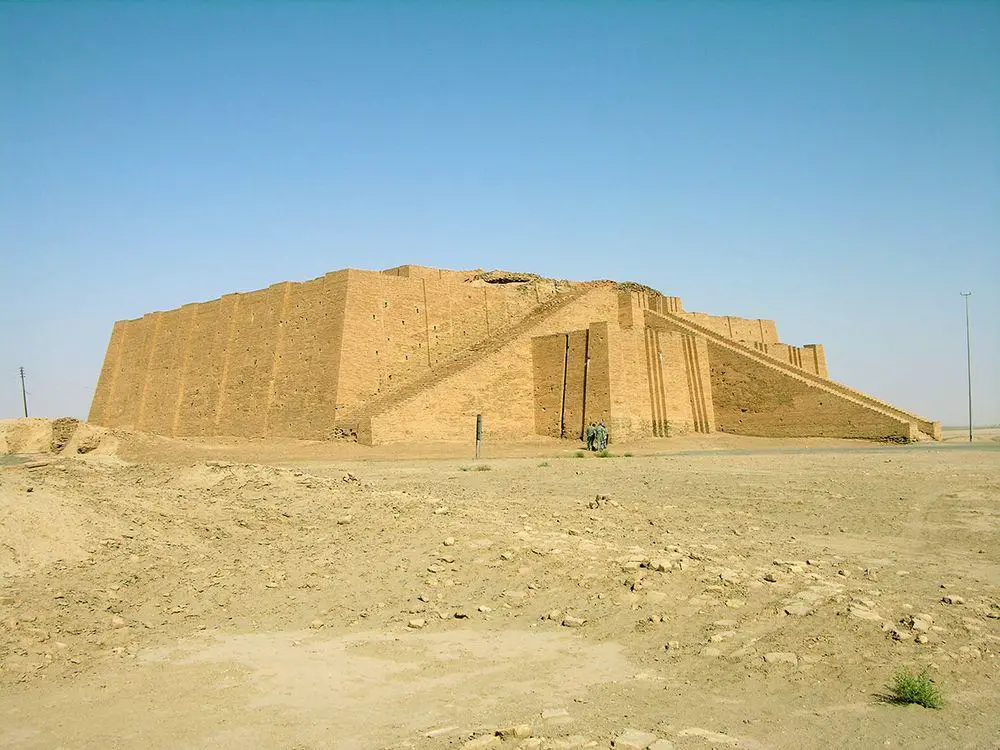
Ziggurat of Dur-Kurigalzu (Ziggurat of Aqarquf)
Baghdad
One of the best preserved remnants of a ziggurat. This shrine was built in the 14th century BC from sun-dried bricks and reed mats. Ziggurat currently is some 57 m tall.
Uruk
Muthanna
Possibly the oldest true city – a metropolis in the world, developed as an urban area since 4000 BC. Sometimes around 2900 BC, there were some 50 – 80 thousand inhabitants. Abandoned around the 4th century AD. Notable is the Eanna district – possibly the first urban area in the world, where the oldest writings in the history have been found.
Ur
Dhi Qar
Ruins of the ancient Sumerian city, a former port city although now far inland. A fairly large settlement existed here already in 3600 BC, but settlement here is even much older. A major building here is the Ziggurat of Ur (21st century BC). The largest city in the world sometime around 2000 BC. Abandoned since 500 BC.
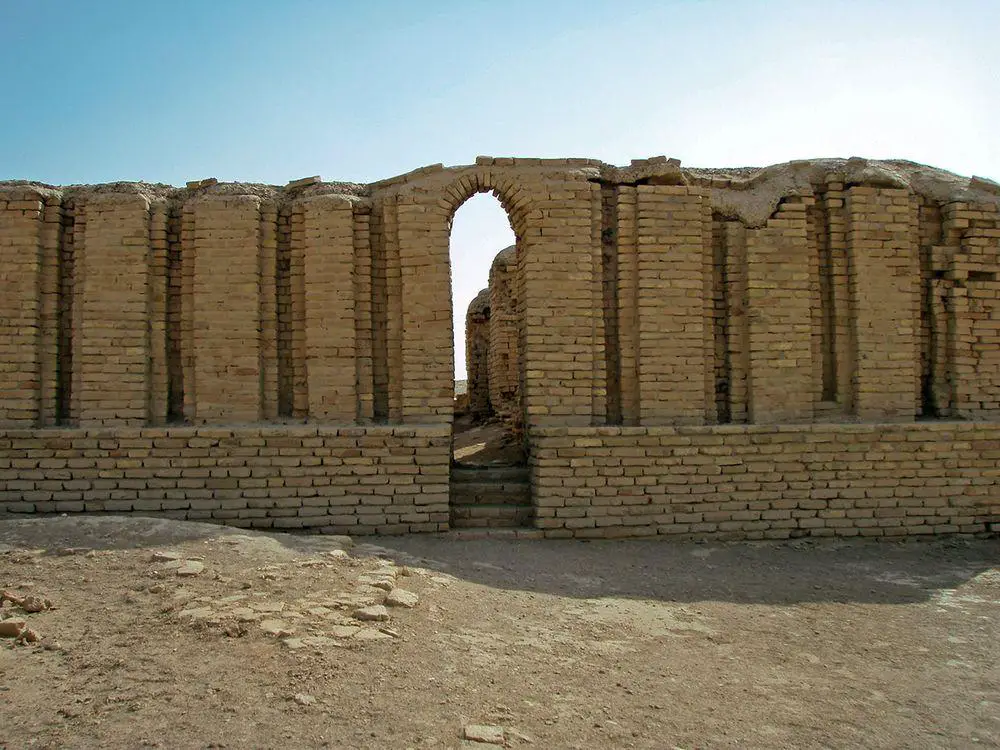
Ctesiphon
Baghdad
Remains of an ancient Parthian city that was founded in the 1st century BC. The world’s largest city in 570 – 637 AD when there lived some 500,000 people. Declined in the 7th – 8th centuries AD.
Marduk ziggurat (Etemenanki)
Babil
A badly preserved base of an enormous ziggurat, the possible Tower of Babylon. It is considered that tower was built in the 6th century BC and was 91 m tall. Tower most likely was painted in indigo color. Destroyed in 323 BC by Alexander the Great.
Taq-i Kisra
Baghdad
Remains of Sassanid palace near the ancient city of Ctesiphon. Built in 540 AD. Now the most impressive remaining part is the giant brick arch – the largest in the world. This arch covered a giant throne room that was more than 30 m high, 24 m wide, and 48 m long.
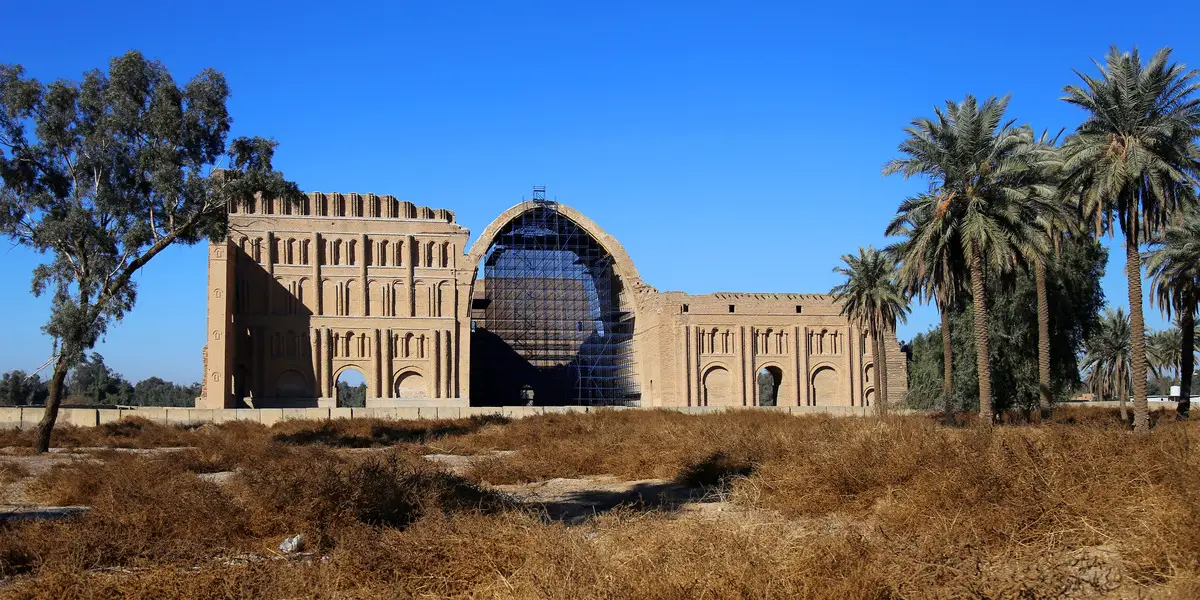
Seríserd (Qizqapan) Tomb
Sulaymaniyah
A beautiful rock-cut tomb that is adorned with Hellenistic decorative elements – columns with capitals at the entrance and other features. Most likely created at the end of the 5th century AD for a high-ranked official in Achaemenid Empire. There are also Zoroastrian elements in its design.
Shanidar Cave
Erbil
This cave has provided important discoveries regarding Neanderthals, such as the information about their funeral ceremonies, and care for injured individuals. There were found remains of ten Neanderthals who lived 65,000 – 35,000 years ago. One Neanderthal found in the cave seems to be killed by a human.
Architecture wonders
Imam Ali Mosque
Najaf
This mosque was established in 977 and contains the burial place of the cousin of Muhammad – ‘Alī ibn Abī Tālib, as well as, according to Shi’a belief, Adam and Noah. The current gold-covered building was constructed shortly after 1500. It is one of the most important Islam sites.
Citadel of Arbil
Erbil
A citadel – a fortified hilltop town, rising 25 – 32 m above the surrounding Arbil City. One of the oldest continuously inhabited cities in the world, inhabited since 6000 BC at least. The houses on the citadel though are comparatively new.
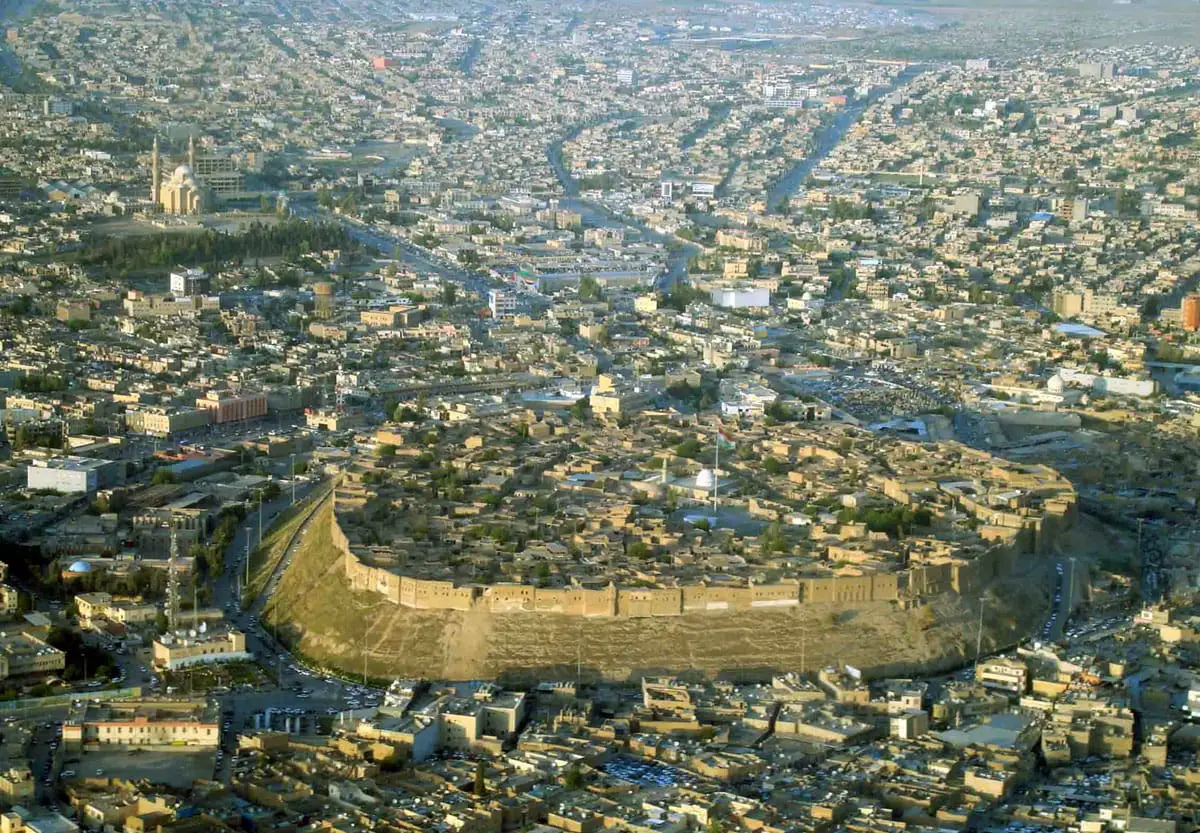
Amediye (Amedy)
Dohuk
One of the oldest continuously inhabited cities in the world, established in the 9th century BC. The city was built on a mountain plateau and is accessible only by a narrow stairway. The city is the home of the Magi – priests of Ancient Persia.
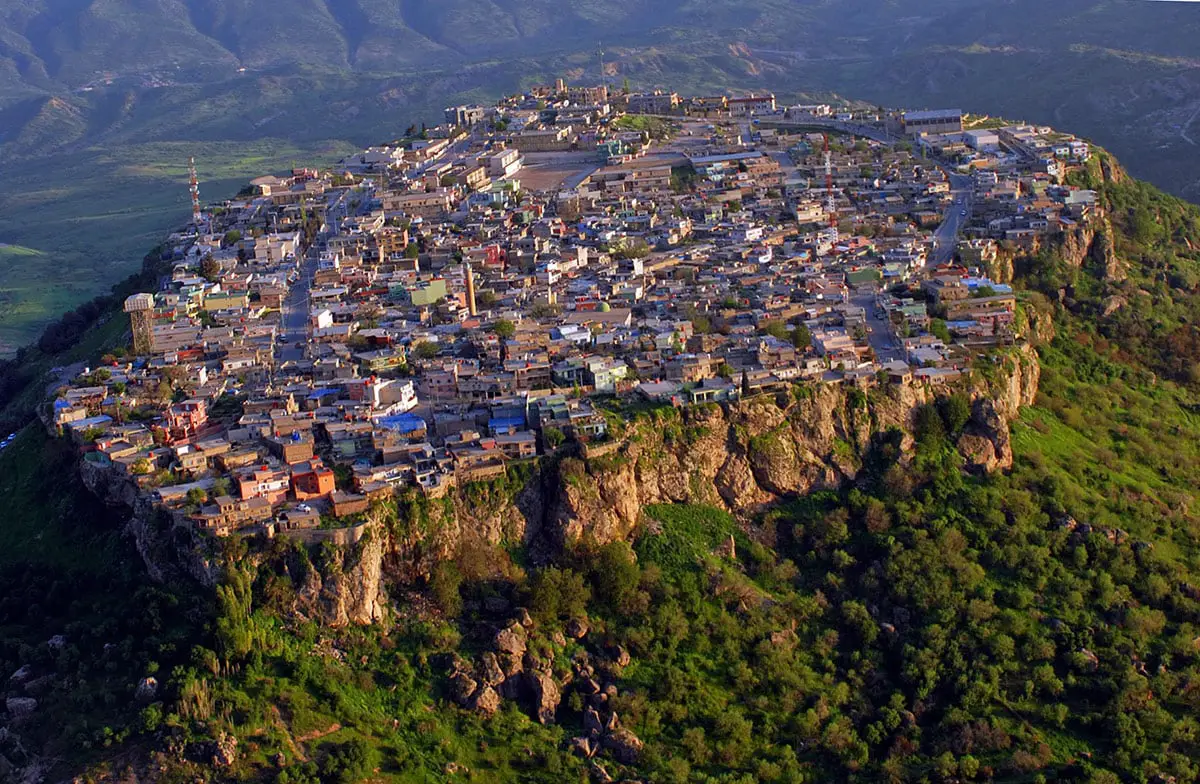
Imam Husayn Shrine
Karbala
The mosque was built over the grave of the second grandson of Muhammad. First built in 684 AD, it was rebuilt numerous times. Currently, the mosque is plastered with gold and adorned with jewels.
Samarra
Saladin
Former capital (836 – 940 AD) of the Abbasid Caliphate, one of the rare Islamic cities with well-preserved original planning and architecture. City has developed since the Assyrian times in the 8th – 7th century BC.
Great Mosque of Samarra
Saladin
An enormous mosque, completed in 851 AD. Unusual 52 meters high minaret resembling a spiraling cone. Mosque was partly destroyed by terrorists in 2005.
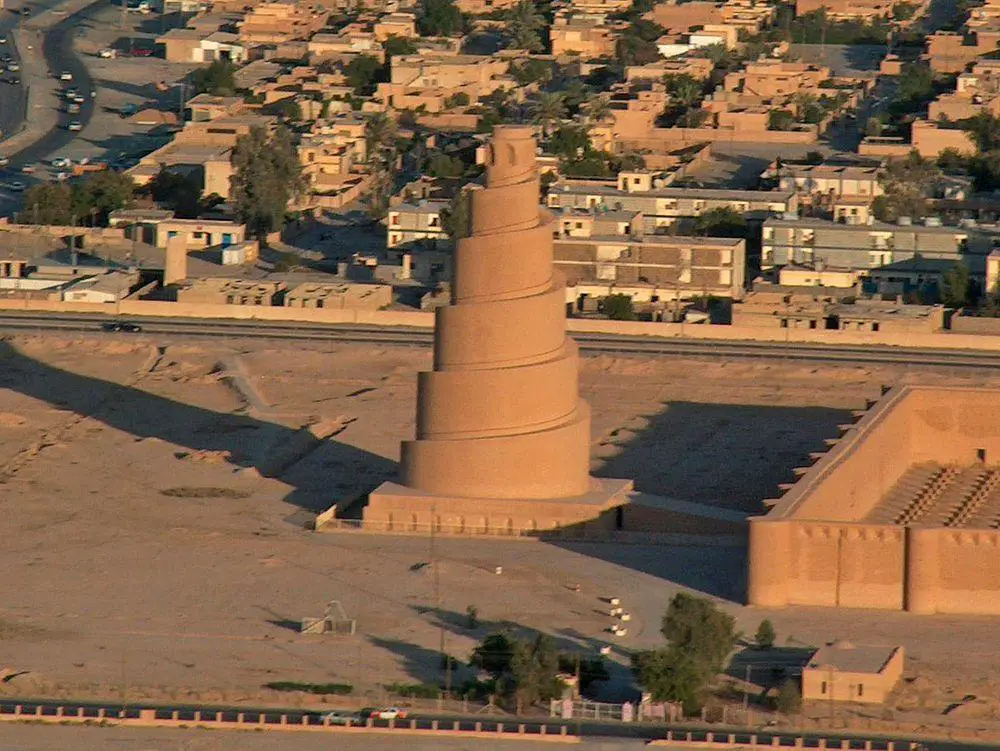
Great Mosque of Kufa
Najaf
A very old mosque, first built in 670 AD. Historically important site. Now it is almost fully rebuilt, very ornate, and embellished with gold.
National Museum of Iraq
Baghdad
One of the world’s most important collections of artifacts created by the world’s oldest civilizations. Reopened in February 2015.
Wadi al-Salam (Wadi us-Salaam)
Najaf
The largest cemetery in the world, covering more than 900 ha and some 5 million burials. Cemetery is used for some 1,400 years and there are buried several prominent people. The area is densely covered with burial shrines.
Mar Mattai monastery
Nineveh
One of the oldest existing monasteries, founded in 363 AD by hermit Mar Mattai who escaped from Roman persecution. Monastery has a library with unique values.
Al-Askari Mosque
Saladin
One of the most important Shī’ah mosques, built in 944 AD. The once beautiful mosque was badly damaged by terrorists – the golden dome was destroyed by bombing in 2006, and the golden minarets – in 2007.
Rabban Hormizd Monastery
Nineveh
The most important monastery of the Chaldean Church, established in 640 AD.
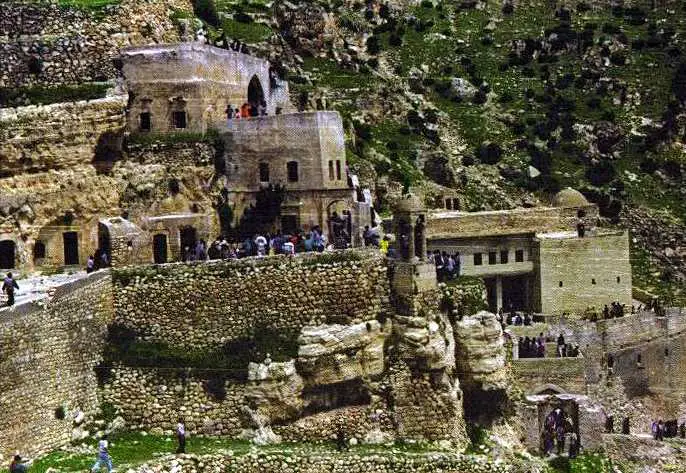
Mustansiriya Madrasah
Baghdad
One of the oldest Islamic high schools, founded in 1227. Its huge library survived the Mongol invasion. The old building is very ornate.
Tomb of Sheikh Adi ibn Musafir (Şêx Adî)
Nineveh
One of the main shrines of Yazidi Kurds. Adi died in 1162 and a tomb with characteristic conical roofs was built soon after.
Citadel of Kirkuk
Kirkuk
The fortified ancient part of Kirkuk on a mound that rises 40 m above the surrounding city. The current walls were built in the Ottoman period.
 Recommended books
Recommended books
Kurdistan – A Companion: A Guide to the KRG region of Iraq
Companion Guides is a travel guide series that targets business travelers and expatriate residents.
The oil-rich Kurdish region of northern Iraq is now a semi-autonomous state within Iraq. Stable and surprisingly prosperous, the KRG is a magnet for foreign investment and an ever more important business hub for the region. With a landscape rather like Switzerland, Iraqi Kurdistan is a tourist destination of growing significance.
Iraq: The ancient sites & Iraqi Kurdistan
This brand new edition of Bradt’s unique guide to Iraq gives up-to-date travel information and also informs the armchair traveler about the history and exciting archaeological prospects of this ancient land with a rich culture. Ancient sites such as Babylon and Ur, the stunning architecture of the country’s mosques, the natural beauty, and wildlife of the Marshes, and beautiful Iraqi handicrafts create a myriad of attractions to inspire even the most seasoned traveler.

